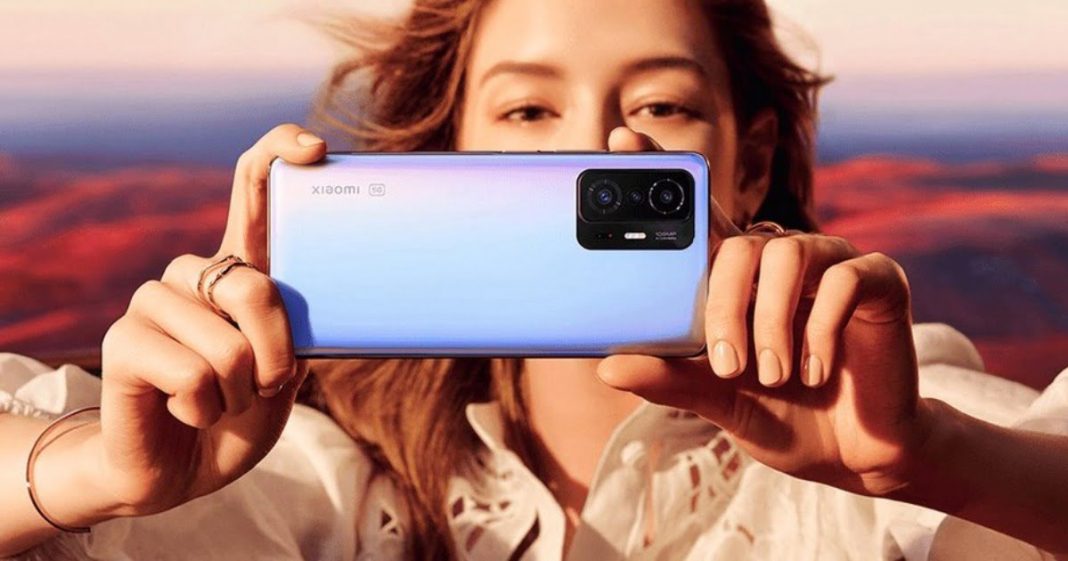For many people, photography skills are a key factor when deciding to buy a phone. In other words, what kind of pictures can be taken with the device, how versatile a device is in this respect. Xiaomi also places great emphasis on these features, and the Chinese company is one of the market players that is also developing mobile photography intensively.
The official technical specifications of a product can also tell you a lot about the quality of the photos it is capable of producing. We will now look at these aspects in more detail.
Resolution: The value in megapixels indicates the resolution of the image, i.e. the number of pixels that make up an image. Some manufacturers pay a lot of attention to this, and Xiaomi, for example, is no longer a rarity with 108 megapixel models.
Hogy érzékeltessük, hogy ez mekkora szó, ahhoz csak elég annyi, hogy a 8K tévék felbontása 33 megapixel…
It is legitimate to ask why anyone would need such a high resolution. And the answer is simple: it makes it easy to digitally enlarge an image without compromising image quality. Also important is that more pixels means more image information, which can be useful for various image enhancement and image modification algorithms.

But that doesn't mean you can't get a good picture with, say, a 12-16 megapixel camera. But the fact is that more megapixels means more possibilities and more chances of getting a good result.
Recorded value: Ez az “f” értékkel megadott mutatószám arról szolgáltat információt, hogy egy kamera szenzorára mennyi fény jut el. Értelemszerűen minél több, annál jobb, és ennek akkor van jelentősége, ha a külső fényviszonyok nem ideálisak. Azaz sötét van, vagy kevés a fény. Azt fontos megjegyezni, hogy ebben az esetben MINÉL KISEBB a megadott érték, annál jobb lesz a végeredmény.
So a camera with an f/1.7 aperture takes better low-light images than a camera with f/2.2.
The end result is noisier and more often blurred. In our experience, it's possible to shoot decent quality images with f/1.8, f/1.9 apertures even in less than ideal outdoor conditions.
Ultra-wide angle of view: Az ultraszéles látószögű kameráknál a gyújtótávolság lecsökken, azaz ugyanakkora távolságról “több minden” fér rá egy képre. Egy hagyományos kamerával összehasonlítva olyan lesz a végeredmény, mintha távolabbról készülne a fotó. Ez pedig értelemszerűen nagyon hasznos lehet tájképek, városnézős fotók létrehozása során, mikor a felhasználónak nincs lehetősége “hátrálnia”.

With ultra-wide-angle cameras, there may be slight image distortion, a fisheye effect. But manufacturers are working hard to overcome these drawbacks, and Xiaomi, for example, has made this a top priority.
Macro: Macro cameras are designed for capturing very, very close-up shots. In other words, if you want to photograph the inside of flowers, bugs, snowflakes, you should consider this aspect when making a purchase decision.
Zoom: A mobilfotózás területén a nagyításra alapvetően két lehetőség van. Az optikai zoom a jobb, hiszen ennél mechanikusan hozzák közelebb a képi tartalmakat a nézőkhöz. A digitális zoom esetén szoftveresen vágnak ki részleteket a képből, tehát ez egyfajta mesterséges nagyítás. Ennek a minősége emiatt nem is lehet olyan jó, mint az optikai zoomé, de a korábban már említett nagy felbontás sokat számít. Ha az eredeti kép is 12000×9000 képpontos, akkor abból értelemszerűen ki lehet vágni úgy egy 4820×2160 (4K) vagy 1920×1080 (Full HD) pixeles részt úgy, hogy jó maradjon a képminőség.
Optical stabilizer: The optical stabilizer built into the phone effectively helps to eliminate image errors caused by image shake. This is important when shooting in the dark, when the shutter speed is faster to allow more light to reach the sensor. So if you have optical stabilisation and it's active, you can reduce the amount of blur or even eliminate this distracting image phenomenon altogether.
Manual focus: Néhány telefonon van rá lehetőség, hogy a felhasználó maga módosíthassa a fókuszt. A tapasztalataink szerint ez egy nagyon hasznos funkció de az átlagfelhasználók a mindennapok során nem használják túl sokszor, hiszen a beállításokkal való bíbelődés kényelmetlenebb a telefonokon, mint a “rendes” fényképezőgépeken.
Car Focus: The electronics then adjust the sharpness of the image itself, i.e. the focus. Nowadays, the most common is the so-called PDAF focus, which is very good for fast movements and can be used at long distances, but may not work properly in low light. Laser focus, for example, is useless at long distances, but works very well in the dark and is fast. So-called contrast-based focus is useless in motion and low light, so although it is very good in detailed environments, it is no longer used in phones.






















![[151] HyperOS heti hibajelentés](https://helloxiaomi.hu/wp-content/uploads/2024/04/hyperosbugreportindex-218x150.webp)
